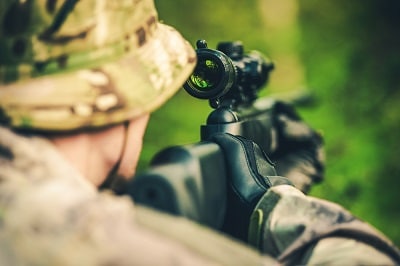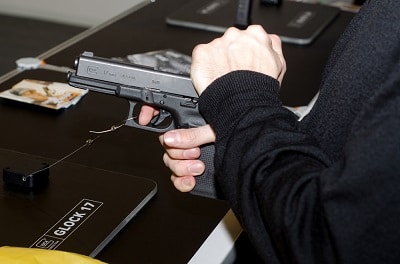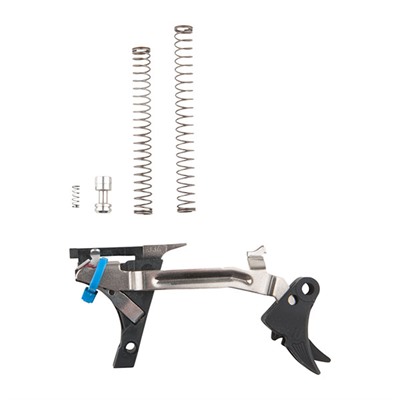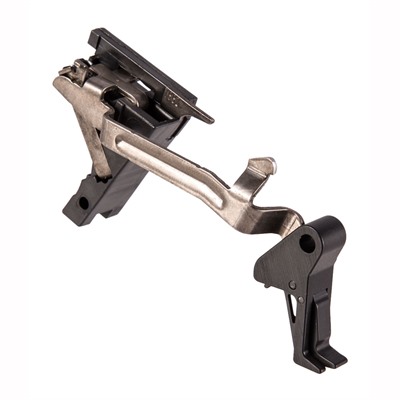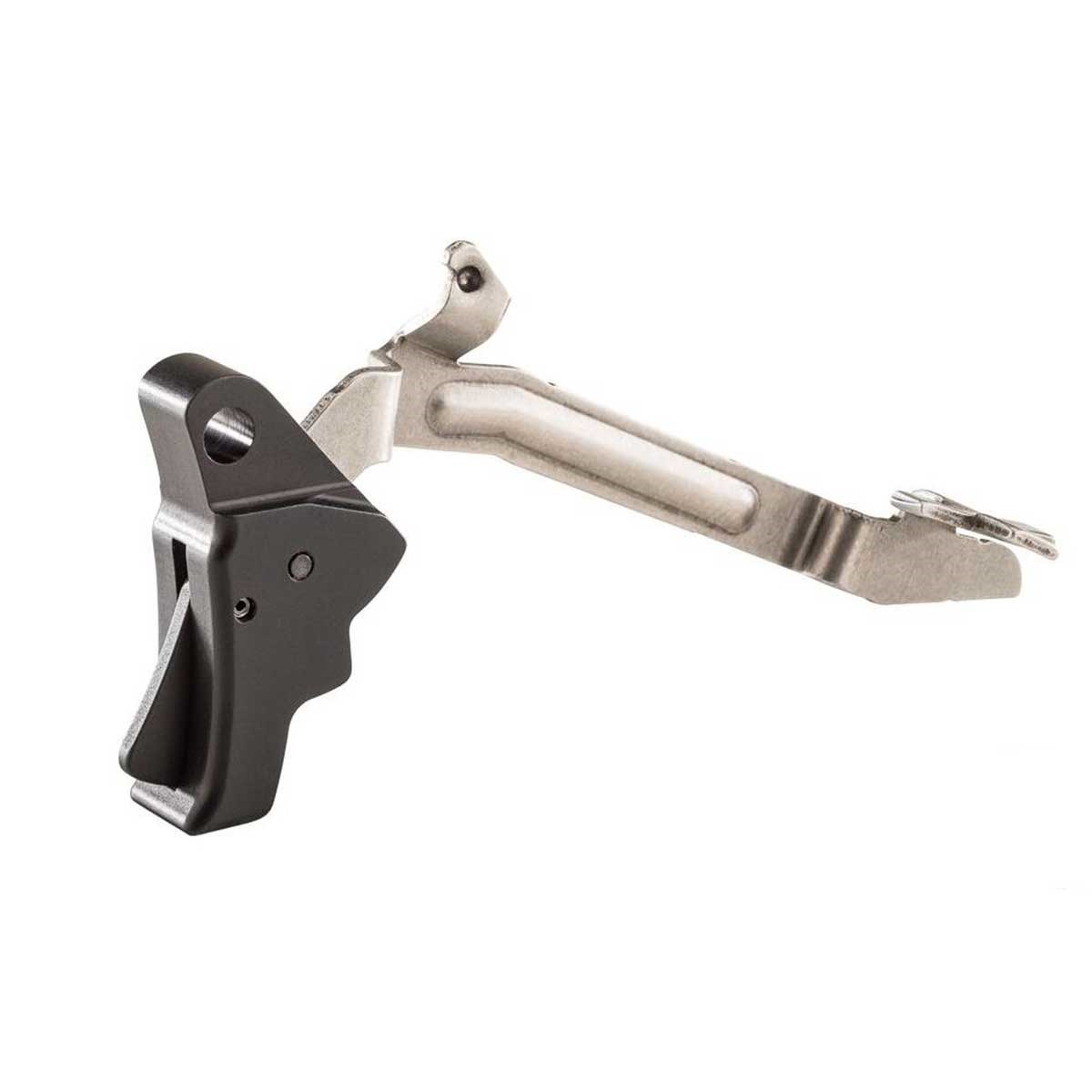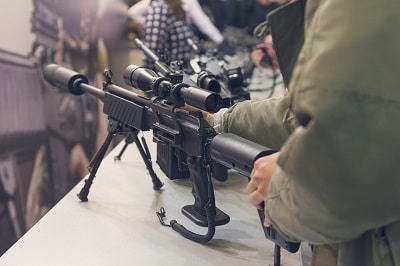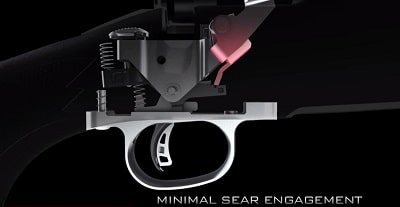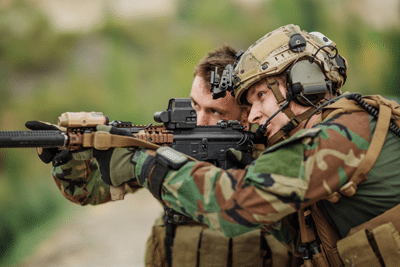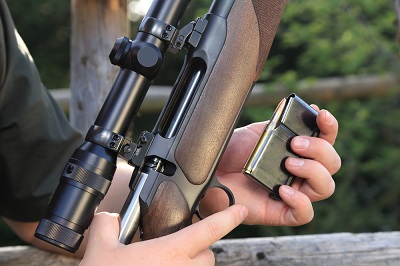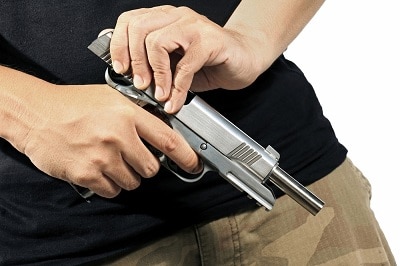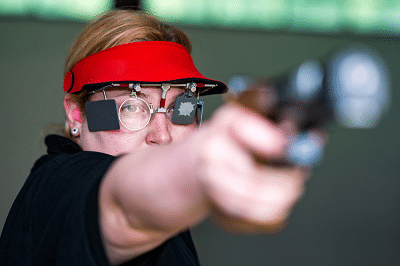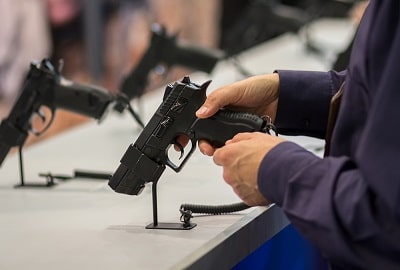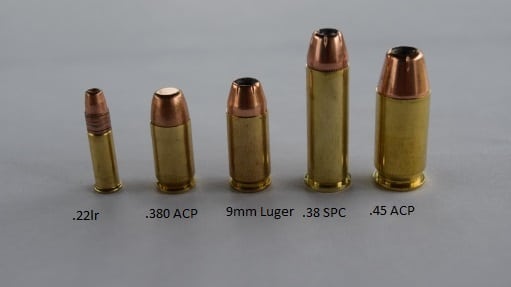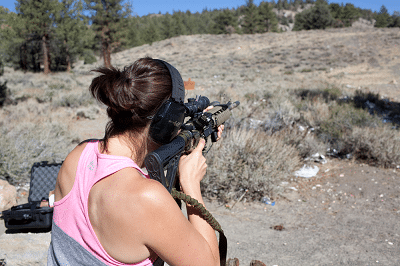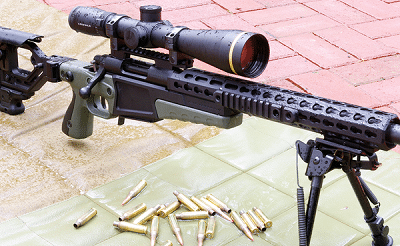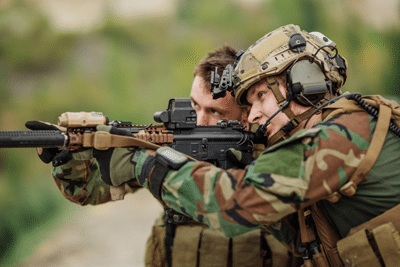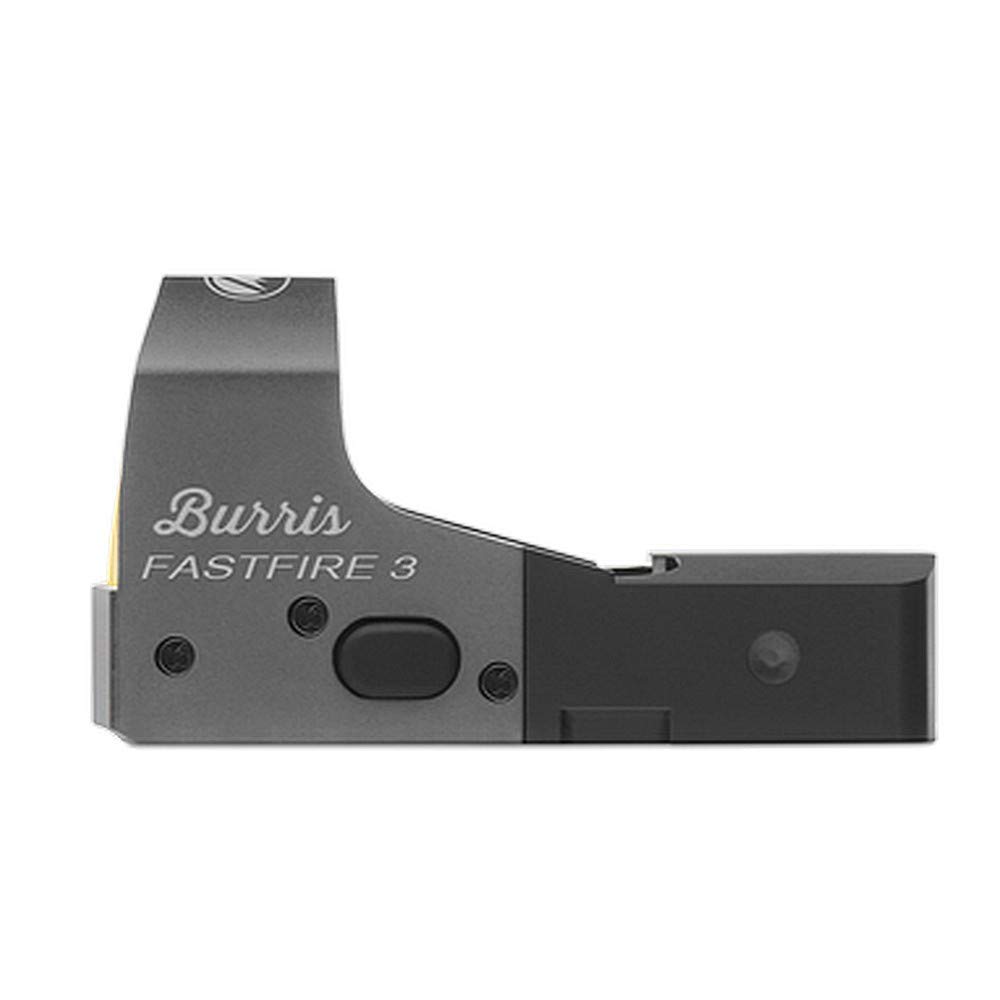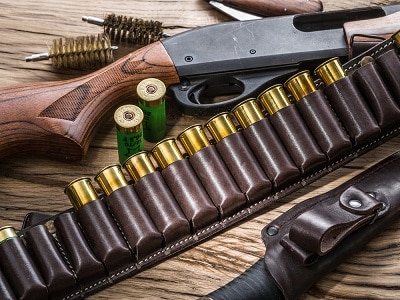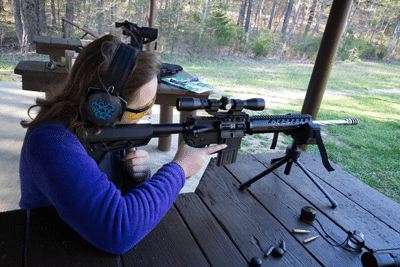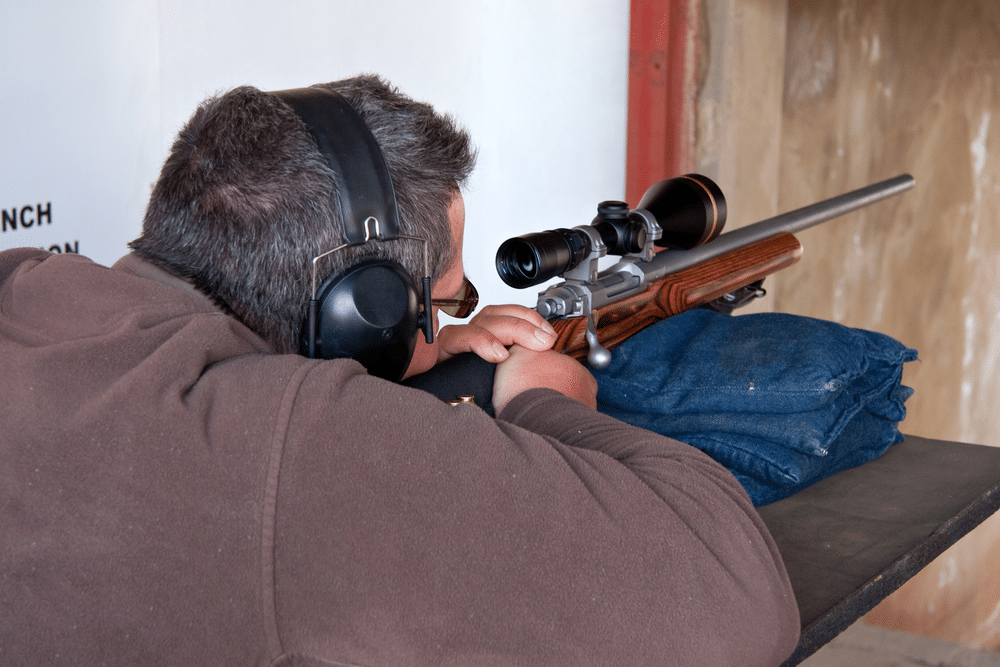Objective lens diameters of scopes can be somewhat confusing because there are usually multiple different sizes.
Obviously, choosing your magnification or magnification range is important, but what about the objective lens diameter? How does this affect shooting? What is best for you?
In this article, we will answer these questions, and give some basic recommendations for you. There’s plenty of information out there, but we will lay it all out here to make it easier for you.
The Basics About Objective Lens Diameters
Scopes are commonly given a naming convention with a few different numbers. These numbers generally correlate to the magnification and the objective lens diameter. For example, a 3-9×40 scope has a magnification range of 3-9x and an objective lens diameter of 40mm.
What is the objective lens? Simply put, the objective lens is the lens of the scope that is closer to the target. It’s the opposite of the eyepiece, which is closest to your eye. Essentially, it’s the front lens of the scope.
The objective lens is usually larger than the rest of the scope. The reason for this is that if it is larger, more light will be able to pass through the scope. For this reason, you commonly hear that larger scopes are brighter because more light is able to pass through.
Factors to Consider
When looking at the objective lens, there are a few factors to keep in mind. You need to consider the size/weight of the scope, the magnification of the scope, and the light conditions when shooting.
When considering the size of the scope, think about the fact that a larger objective lens will obviously sit much higher than a smaller objective lens. This could be an issue when mounting the scope. You will need different rings, and the scope will sit higher off the firearm. This could actually decrease accuracy, especially at closer range.
The scope sitting higher off the weapon could also make it harder for you to assume a good shooting position. It could throw off your sight picture and make it more difficult to align your eye with the reticle. Instead of getting a good cheek weld with the stock, you may have to shoot from a different position. This will decrease your accuracy, and it will make follow up shots more difficult.
Another thing that comes along with this added size is some more weight. A scope with a larger objective lens will also be much bulkier than a scope with a smaller objective lens. This can be an issue for some shooters, and definitely wouldn’t be great if you have to carry the weapon over longer distances.
When thinking about the magnification range of the scope, we’re talking more specifically about longer range shooting. For high magnification, a larger objective lens is better, because it will allow for a clearer picture. You should find the best ar 15 scope for long-range shooting for your purpose.
However, the flipside of this is that at closer range, it may be more difficult to shoot with a larger objective lens. This is mostly due to the scope sitting higher on the weapon.
Lastly, make sure you take the light conditions into consideration. If you’re going to be shooting at dusk or dawn, a larger objective lens will allow for more light to enter the scope. This will make it easier to see. However, it will not make your field of view any wider. This is a common misconception with larger objective lenses.
Recommendations
If you’re going to be shooting in low light, a larger objective lens is probably a good idea. However, if your targets will primarily be close range, this won’t make much of a difference. The difference in light transmission is negligible at close range.
Generally speaking, a larger objective lens is best if you’re going to be shooting at higher magnification. At higher magnification, it will make it slightly easier to see.
I wouldn’t recommend sacrificing optical quality for a larger objective lens, though. Glass quality will still play a huge role in how clear your scope is. Getting a lower quality scope because it has a bigger objective lens would be a mistake.
For most shooting, a “medium” objective lens in the range of 40mm is more than enough. If your ranges will vary, I would always opt for a medium-sized objective lens. Your effective range will shorten faster in low light conditions, but you will shoot much more accurately at close range.
For low magnification scopes, a smaller objective lens will work well.
